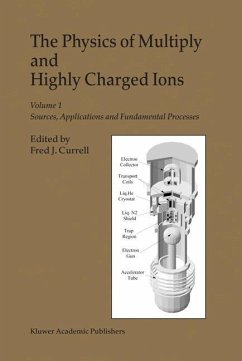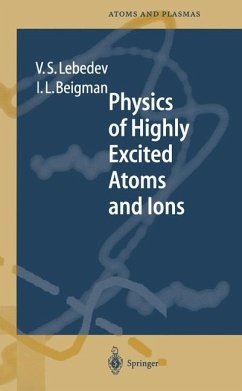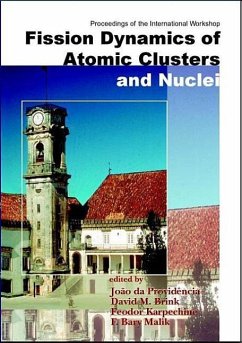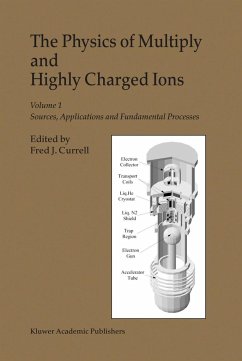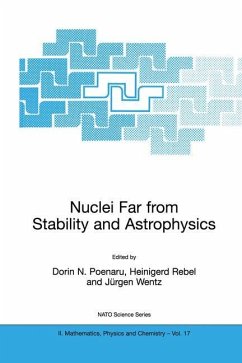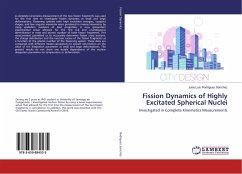
Fission Dynamics of Highly Excitated Spherical Nuclei
Investigated in Complete Kinematics Measurements
Versandkostenfrei!
Versandfertig in 6-10 Tagen
41,99 €
inkl. MwSt.

PAYBACK Punkte
21 °P sammeln!
A complete kinematics measurement of the two fission fragments was used for the first time to investigate fission dynamics at small and large deformations. Fissioning systems with high excitation energies, compact shapes, and low angular momenta were produced in inverse kinematics by using spallation reactions of lead projectiles. A new generation experimental setup allowed for the first full and unambiguous identification in mass and atomic number of both fission fragments. This measurement permitted us to accurately determine fission cross sections, the charge distribution and the neutron ex...
A complete kinematics measurement of the two fission fragments was used for the first time to investigate fission dynamics at small and large deformations. Fissioning systems with high excitation energies, compact shapes, and low angular momenta were produced in inverse kinematics by using spallation reactions of lead projectiles. A new generation experimental setup allowed for the first full and unambiguous identification in mass and atomic number of both fission fragments. This measurement permitted us to accurately determine fission cross sections, the charge distribution and the neutron excess of the fission fragments as a function of the atomic number of the fissioning system. These data are compared with different model calculations to extract information on the value of the dissipation parameter at small and large deformations. The present results do not show any sizable dependence of the nuclear dissipation parameter on temperature or deformation.





